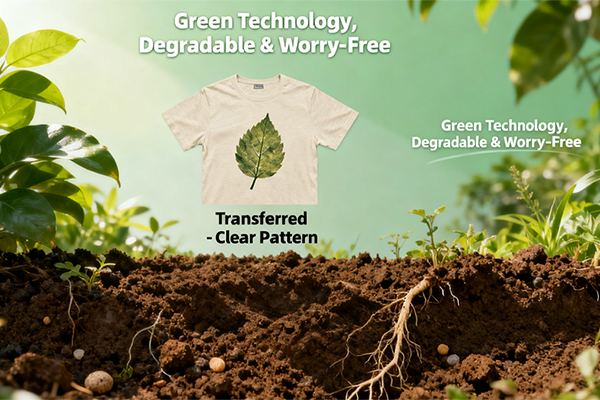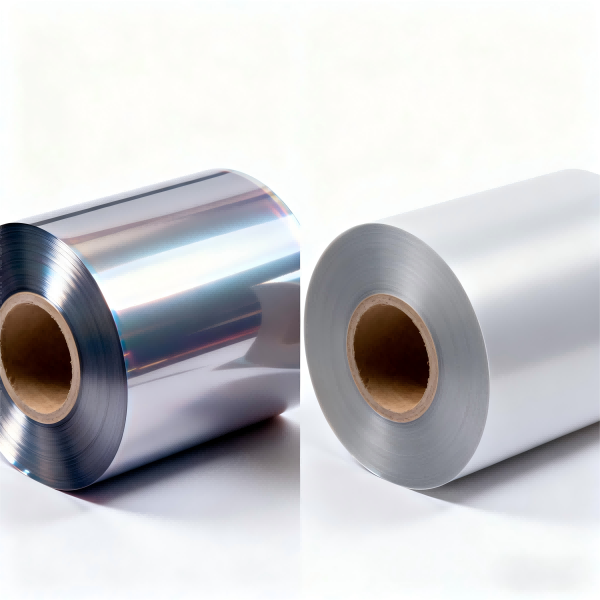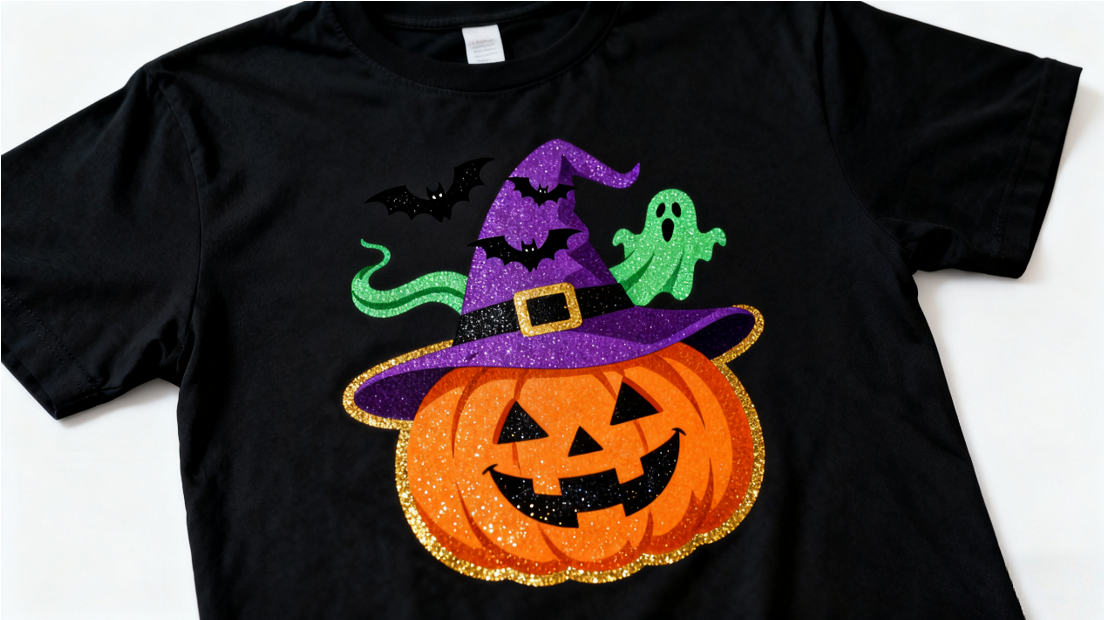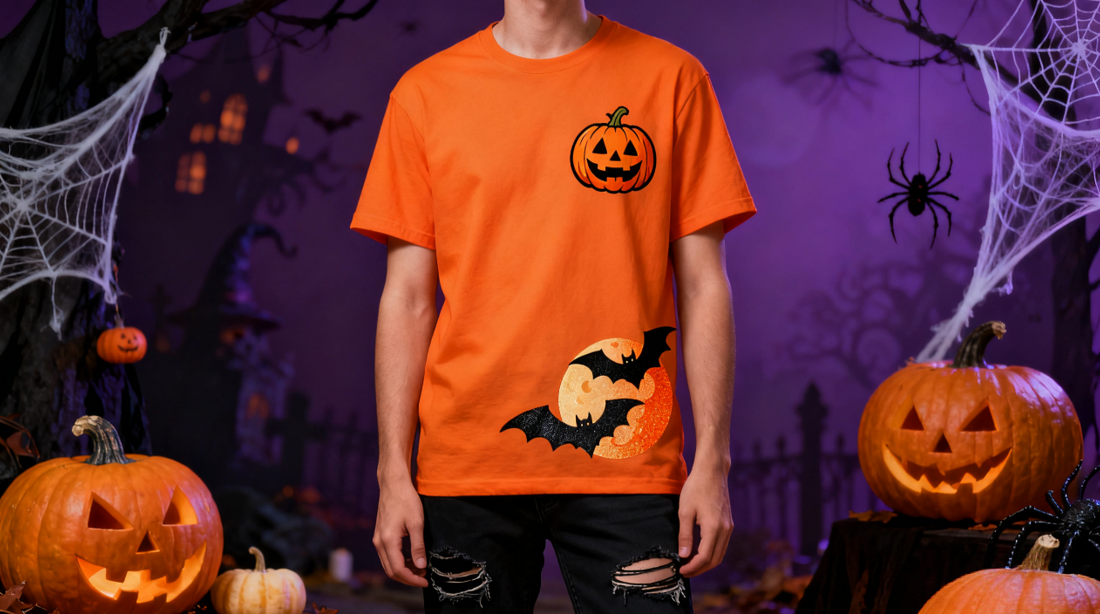The Pros and Cons of DTF film printing: A Comprehensive Guide
In the dynamic world of custom apparel printing, b...
MoreDirect to film (DTF) printing has revolutionized the garment decoration industry, offering a versatile and high-quality alternative to traditional methods like direct to garment (DTG) and heat transfer vinyl. The process involves printing a design onto a special PET film with water-based pigment inks and then applying a hot-melt adhesive powder. This transfer is then cured and heat-pressed onto a fabric, resulting in a vibrant, durable, and soft-hand feel print. Choosing the right DTF printing process, however, is critical for achieving optimal results, maximizing return on investment, and ensuring business scalability. The decision should be based on a comprehensive analysis of several key factors, including the types of fabrics you plan to print on, the expected volume of orders, the initial investment and operational costs, and the specific technical capabilities of the equipment and materials.
The primary consideration is the material compatibility and print quality. Unlike DTG printing, which excels primarily on 100% cotton, DTF transfers can adhere to a wide range of materials, including cotton, polyester, cotton-poly blends, nylon, and even leather. According to industry data and user reports from forums and equipment manufacturers, a high-quality DTF print can achieve over 95% opacity on dark garments without the need for pre-treatment, a significant advantage over DTG. When selecting a process, evaluate the printer's resolution (measured in DPI), the color gamut of the ink system, and the reliability of the white ink printing. White ink is crucial for printing on dark garments, and systems with a robust, clog-resistant white ink circulation system are essential for consistent production. For businesses targeting athletic wear or fashion lines using synthetic fabrics, the superior performance of DTF on polyester is a major deciding factor. Furthermore, assess the durability of the print; independent wash-test results often show that properly cured DTF prints can withstand 50+ industrial wash cycles without significant cracking or fading, meeting high industry standards.
Another critical factor is the total cost of ownership and production workflow efficiency. The initial investment for a complete DTF system can range from $10,000 to over $50,000, depending on the automation level and print size. Beyond the printer itself, costs include DTF inks, adhesive powder, PET film, and a heat press. Operational data from established shops indicates that the material cost per transfer for a standard A4-size print can be between $0.80 and $1.50. Automated powdering stations, while increasing the initial investment, can reduce labor costs and material waste by up to 30% compared to manual powdering, making them a worthwhile consideration for medium to high-volume businesses. Production speed is also a key metric; modern DTF printers can output up to 40 square meters per hour. However, the overall workflow speed is determined by the slowest step, which is often the powder shaking, curing, and pressing. Therefore, a holistic view of the entire process—from design to finished product—is necessary. Businesses must calculate their cost per print and potential profit margins based on realistic speed and material cost data to determine the ROI of a specific DTF system. Finally, the availability of technical support, warranty terms, and the reliability of the ink and material supply chain are non-negotiable aspects for ensuring long-term business stability and growth.
Select the most popular foreign trade service products to meet your diverse needs
Learn more about the dynamics and professional knowledge of the foreign trade industry

In the dynamic world of custom apparel printing, b...
More
Third, BOPP film offers great versatility and safe...
More
BOPP Film (Biaxially Oriented Polypropylene Film) ...
More
Make your Halloween tees shine with SAILLAGE’s DTF...
More
Direct-to-Film (DTF) transfers offer a fantastic w...
More
Get ahead of the holiday rush with this actionable...
MoreSelect the most popular foreign trade service products to meet your diverse needs
Explore more content related to foreign trade services

Tel: +86 17706217416
Add: Building L2A, No. 520, Lane 1588, Zhuguang Road, Hongqiao World Center, Qingpu District, Shanghai, China
User Comments
Service Experience Sharing from Real Customers
Michael Rodriguez
Graphic DesignerThe direct to film printing process produces incredibly vibrant colors and fine details on our custom apparel. The transfer durability after washing has exceeded our expectations.
Sarah Chen
Print Shop ManagerThis DTF technology has revolutionized our small business. The process is straightforward, and the results on dark fabrics are particularly impressive with excellent opacity and soft hand feel.
James Wilson
Production CoordinatorAs someone who's worked with multiple printing methods, DTF stands out for its versatility and quality. The prints maintain their brightness and don't crack even after multiple washes. Minor learning curve but worth it.
Emily Thompson
Small Business OwnerThe direct to film printing has allowed us to offer professional-grade custom merchandise without the high minimums. Our customers love the quality, and the process is surprisingly cost-effective for small batches.